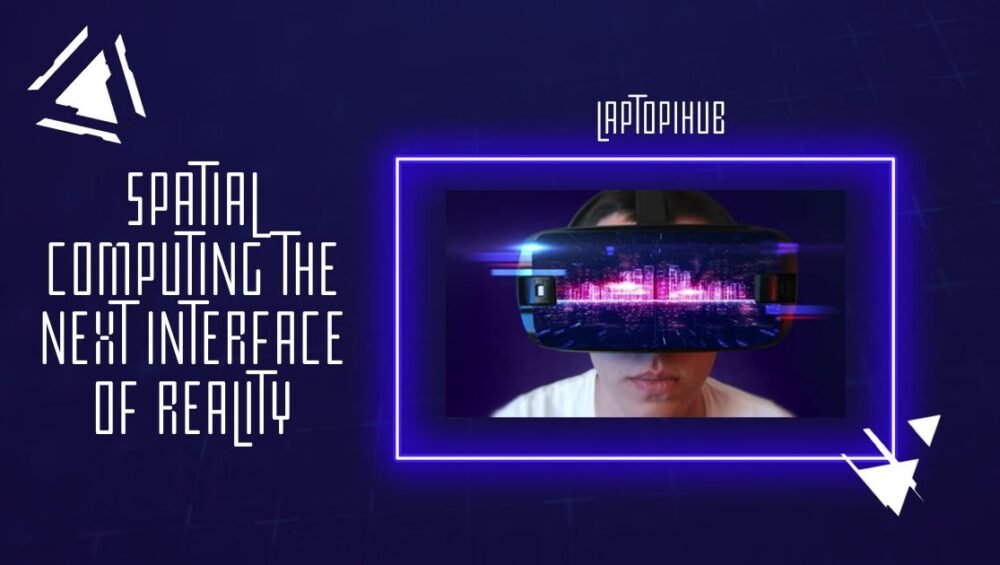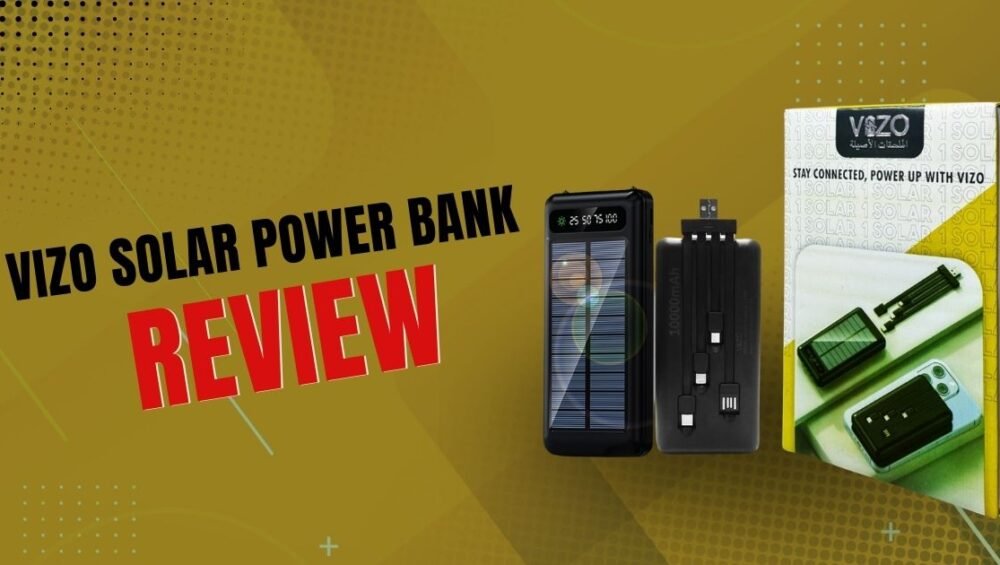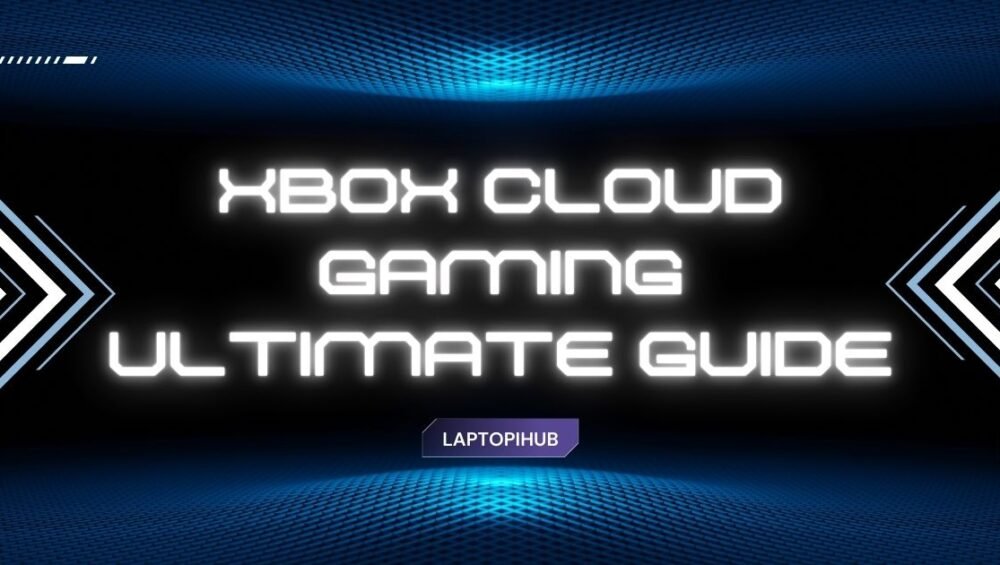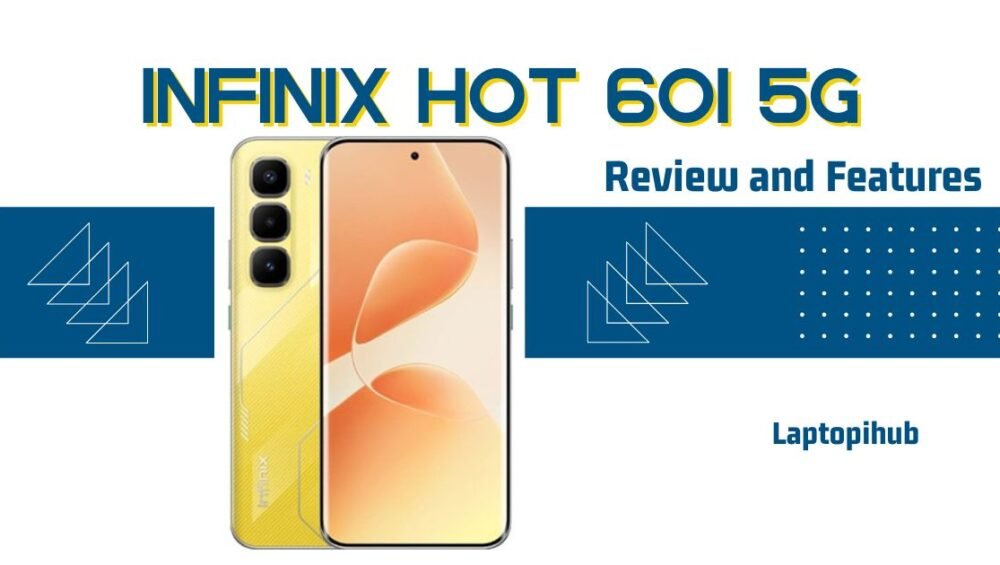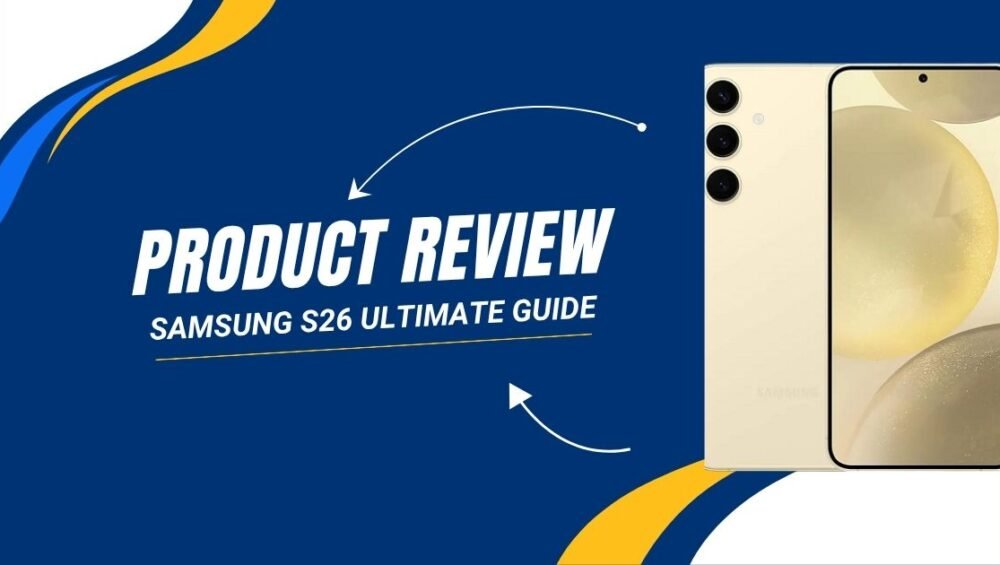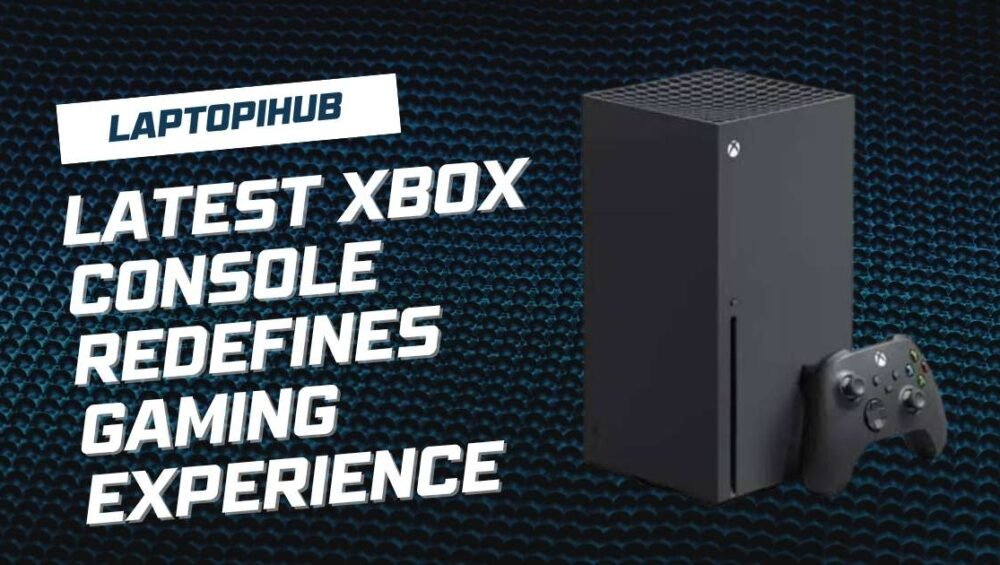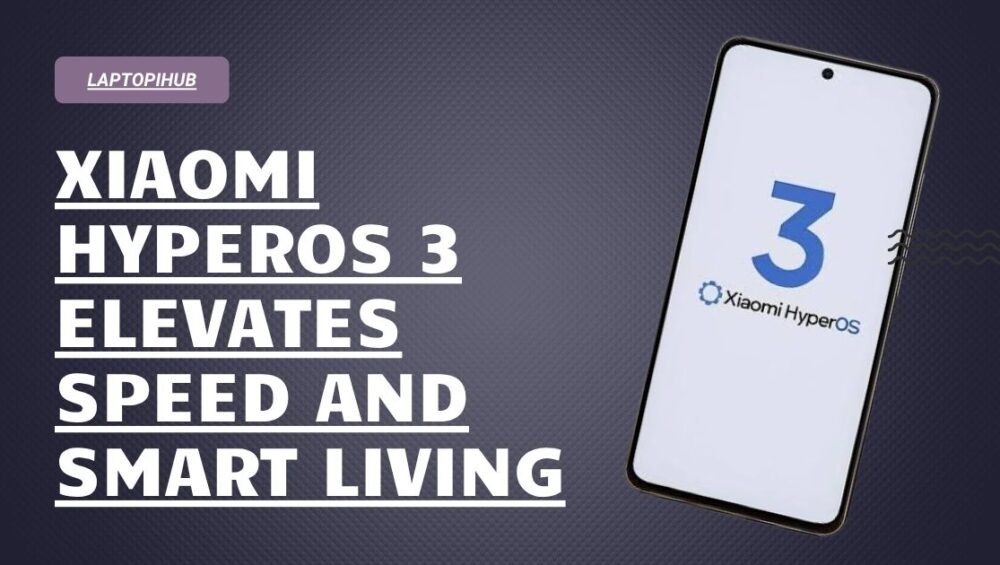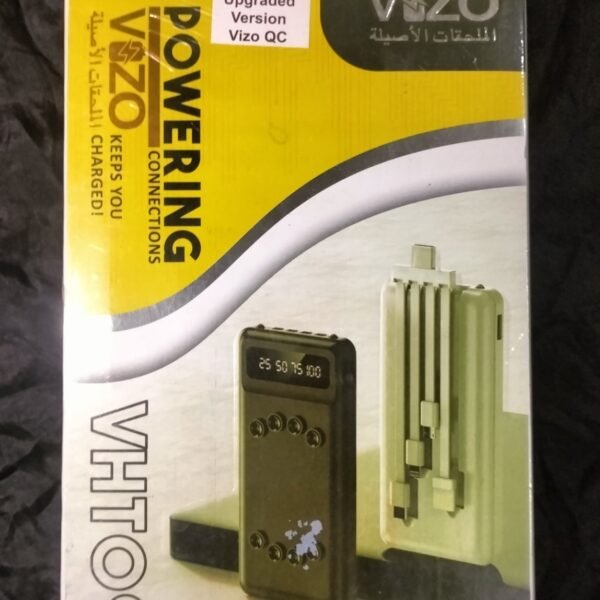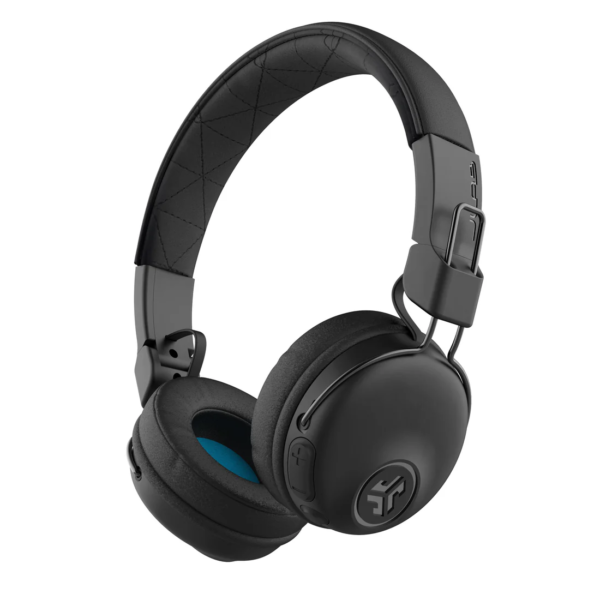Understand spatial computing—how it works, key devices, use cases, AI synergy, and practical steps to design and ship real-world experiences.
What Is Spatial Computing
A Plain-English Definition
Spatial computing is the art and science of making computers understand and interact with the three-dimensional world the same way people do. Instead of confining experiences to flat screens, it blends digital content with physical spaces so you can point, grab, speak, and move naturally. Think of it as teaching your devices to “see” your room, know where the table is, and place a virtual model on it that stays put as you walk around.
How It Differs From AR VR And Mixed Reality
Augmented reality overlays digital objects onto your environment. Virtual reality places you inside a fully digital environment. Mixed reality lets digital and physical objects interact. Spatial computing is the umbrella that powers all of them. It focuses on the full stack—sensing, mapping, understanding, interaction—so whether you wear a headset, hold a phone, or stand in a room with large displays, the system treats space as the primary interface.
How Spatial Computing Works
Sensors And Perception
Cameras, LiDAR, depth sensors, IMUs, and microphones gather raw signals. Computer vision translates those signals into meaning—detecting planes, edges, people, hands, and objects. Perception is the moment your device realizes, “That’s a wall, that’s a floor, and that is your left hand.”
Mapping And Localization SLAM
Simultaneous Localization and Mapping (SLAM) lets devices build a map of their surroundings while tracking their own movement. It stitches together frames from cameras and depth sensors to create a live 3D map. With SLAM, a digital object you place on a desk stays locked to that exact spot as you lean in or walk away.
Scene Understanding And Physics
Once a scene is mapped, the system infers surfaces, occlusion, and lighting. Physics engines give virtual objects weight, friction, and collision. That’s why a virtual ball can roll under your chair and hide behind a table leg—because the scene model knows what should block your view.
Interaction And UI Paradigms
Instead of taps and clicks, spatial computing supports hand gestures, eye gaze, voice commands, and body movement. Interfaces evolve from windows and buttons into spatial layers, handles, and volumetric widgets you can literally “grab.”

Devices And Platforms In The Wild
Headsets And Smart Glasses
Headsets deliver immersion and precise tracking; smart glasses emphasize lightness and everyday wear. Expect trade-offs: headsets offer richer graphics and input fidelity, while glasses promise comfort and social acceptability.
Tethered Versus Standalone
Tethered devices harness desktop-class GPUs via a cable or high-bandwidth link, ideal for photorealism and industrial design reviews. Standalone devices prioritize convenience, battery efficiency, and mobility.
Spatial PCs Phones And Everyday Devices
Modern laptops and phones with depth sensors act as accessible spatial devices. You can scan rooms, place furniture at true scale, and share mixed realities without strapping on a headset. Spatial PCs add NPUs to accelerate vision and AI workloads locally.
Spatial Rooms And Immersive Displays
Projection-mapped spaces and CAVE-style rooms transform walls into interactive canvases. While niche, they shine for training, data exploration, and location-based entertainment.

Input Methods You Will Actually Use
Hand Tracking And Gestures
Pinch to select, air-tap to confirm, grab to move, rotate to scale. Hand tracking feels intuitive because it mirrors how we handle real objects. Good systems recognize both discrete gestures and continuous hand poses for precision.
Eye Tracking And Foveated Rendering
Your eyes aim your attention; spatial systems notice. Gaze-based targeting speeds selection, and foveated rendering concentrates GPU effort where you are looking, saving power while sharpening the area of focus.
Voice And Multimodal Input
Voice frees your hands and complements gaze and gesture. You might look at a tool, say “duplicate,” then pinch where the copy should go. Multimodal input blends signals for fast, fluid control.
Haptics And Physical Controllers
Vibration, force feedback, and tracked controllers add tactility. In training scenarios, haptics help encode muscle memory so the real-world task feels familiar.
High-Impact Use Cases
Design Engineering And Digital Twins
Engineers and architects review true-scale models, walk through buildings before they exist, or pop open a digital twin of a machine to see live sensor data. Spatial computing slashes the gap between concept and reality.
Training Simulation And Safety
From aviation to factory safety, realistic simulations reduce risk and cost. Trainees can practice rare or hazardous scenarios repeatedly, with analytics capturing every decision.
Field Service And Remote Assist
Technicians use spatial overlays to find components, check torque specs, or visualize wiring. Remote experts annotate the technician’s real-time view, pinning 3D arrows exactly where help is needed.
Healthcare And Therapy
Surgeons rehearse procedures on patient-specific 3D models. Therapists use controlled exposure environments for phobias or motor rehab, adjusting difficulty with precision.
Retail E-Commerce And Marketing
Customers place sofas in their living room, try on glasses virtually, or explore products at life size. Conversion improves when shoppers see fit, finish, and scale in their own space.
Education Entertainment And Sports
Lessons become interactive explorations—zoom into a cell, stand on Mars, or diagram the arc of a fastball hovering in your room. For entertainment, spatial storytelling mixes theater, game mechanics, and your environment.
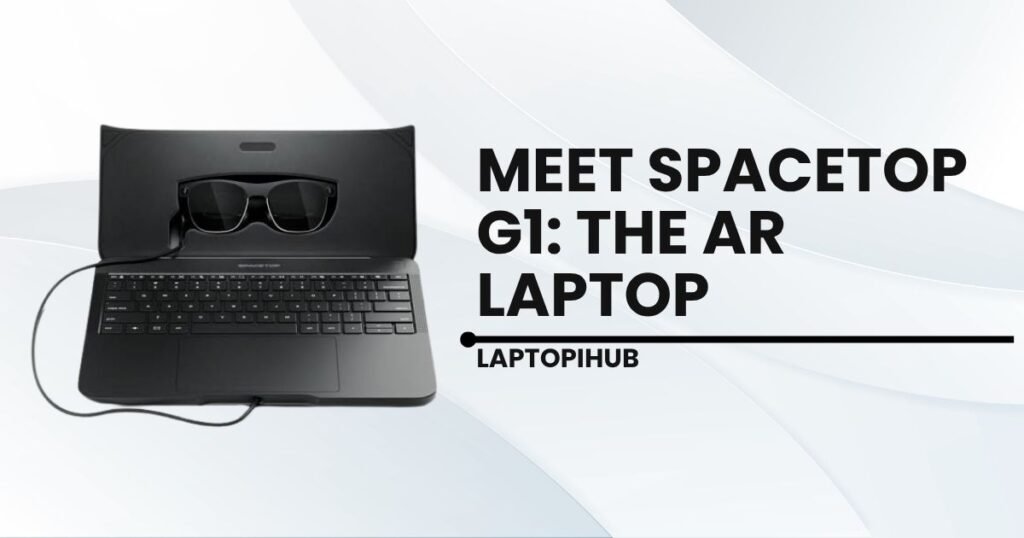
Enterprise Adoption Playbook
ROI Levers And Measurement
Savings typically come from fewer prototyping cycles, reduced travel, faster training, and better first-time fix rates. Measure time-to-proficiency, error reduction, rework costs, and customer satisfaction to validate value.
Workflow Integration And Change Management
Spatial tools must plug into existing PLM, EAM, or EHR systems. Pilot with a narrow slice—one assembly line, one clinic—and document wins. Provide training that covers comfort, safety, and etiquette to speed adoption.
Security Privacy And Device Management
Always-on sensors require strict policies. Limit data retention, anonymize video where possible, and apply role-based access to shared spaces. Treat headsets like mobile devices with MDM controls, remote lock, and encrypted storage.
Performance And Technical Considerations
Rendering Pipelines And Optimization
Mobile-class GPUs demand aggressive optimization. Use level-of-detail models, instance repeated objects, and cull anything outside the view. Aim for steady frame rates; smooth beats flashy if you want comfort.
Occlusion Lighting And Anchoring
Believable occlusion sells the illusion—virtual objects must hide correctly behind real ones. Estimate lighting from the environment so colors and shadows match. Keep anchors stable by tying them to robust features and re-observing them frequently.
Networking Edge Rendering And Latency
Multi-user scenes require precise time sync and authority models. Offloading rendering to nearby edge servers can deliver high fidelity with acceptable latency, especially for collaborative reviews.
Getting Started
Skills Tools And Learning Path
Begin with a modern 3D engine and learn spatial interaction basics—ray casting, hand input, anchors, and scene understanding. Study UX patterns unique to 3D: depth cues, focus management, and comfort guidelines. Familiarize yourself with asset pipelines for USD and glTF so your models stay efficient and editable.
From Prototype To Product
Prototype one problem with one device in one environment. Instrument performance early, validate comfort with real users, and document results. When you reach repeatable value, roll out to adjacent teams and environments, then invest in fleet management, analytics, and content pipelines.
Future Outlook
Near-Term Trends To Watch
Expect lighter headsets, brighter micro-OLEDs, better hand and eye tracking, and OS-level support for shared anchors across rooms and devices. Enterprise adoption will keep growing where ROI is clearest—training, design, and remote support.
Long-Term Vision Of Ambient Computing
Spatial computing converges with AI and the Internet of Things to create a world where digital services live in your environment, not behind an app icon. You won’t “open” a furniture app; you will look at your room and simply ask for a new layout. The wall becomes a whiteboard, the table becomes a dashboard, and computing becomes a natural part of the space around you.
Conclusion
Spatial computing flips the interface inside out by treating space as the canvas and your body as the controller. It fuses sensing, mapping, and intelligence to anchor digital objects in the real world with believable physics and intuitive interaction. From design reviews and surgery rehearsals to classroom field trips and living-room shopping, it’s already unlocking practical value. Yes, challenges remain—battery life, social norms, privacy—but the trajectory is clear. As devices get lighter, runtimes get smarter, and AI fills in the gaps, spatial computing is set to become the everyday way we think, work, learn, and play.

